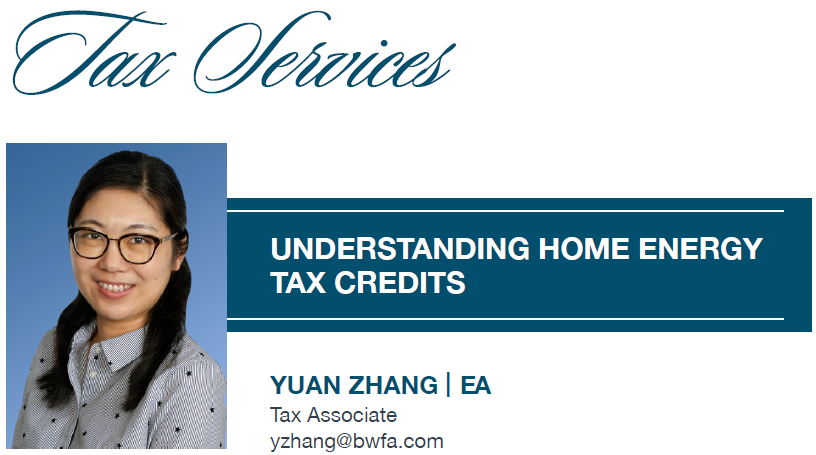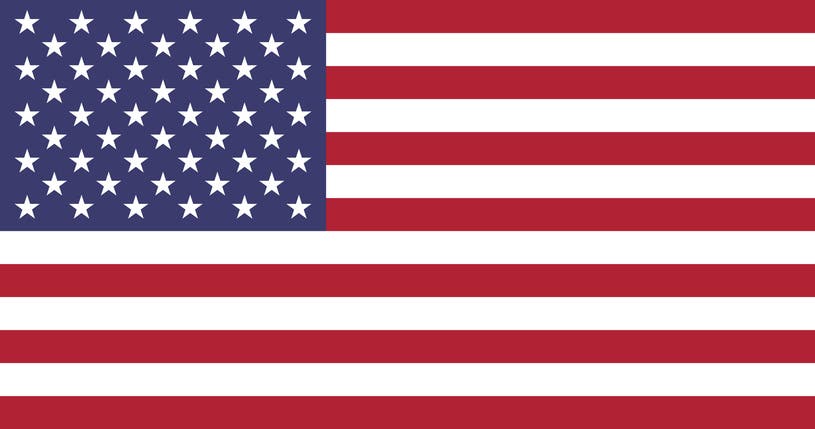
A couple of federal personal tax credits are available for the installation of certain energy efficient or clean energy property in your home.
Expenditures must be for items that meet various energy efficiency standards (e.g., Energy Star).
The energy efficient home improvement credit is available for qualifying expenditures incurred for an existing home or for an addition to or renovation of an existing home, but not for a newly constructed home.
The residential clean energy property credit is available for qualifying expenditures incurred for either an existing home or a newly constructed home. Each credit requires the home to be located in the United States and used as a residence by the taxpayer.
Both of these credits are nonrefundable personal tax credits. An unused residential clean energy property credit can be carried forward to reduce tax liability in future years. An unused energy efficient home improvement credit cannot be carried forward.
ENERGY EFFICIENT HOME IMPROVEMENT CREDIT
The amount of the credit is equal to 30% of the sum of amounts paid by the taxpayer for certain qualified expenditures. There are limits on the allowable annual credit and on the amount of credit for certain types of qualified expenditures. The maximum annual credit amount may be up to $3,200.
An annual $1,200 aggregate credit limit applies to all building envelope components, energy property, and home energy audits (30% of costs up to $150 for such audits).
Building envelope components include:
-
Exterior doors (30% of costs up to $250 per door, up to a total of $500)
-
Exterior windows and skylights (30% of costs up to $600)
-
Insulation materials or systems and air sealing materials or systems (30% of costs)
Energy property (30% of costs, including labor, up to $600 for each item) includes:
-
Central air conditioners
-
Natural gas, propane, or oil water heaters, furnaces, and hot water boilers
Certain other improvements or replacements installed in connection with building envelope components or other energy property have a separate annual $2,000 aggregate credit limit (30% of costs, including labor) that applies to:
-
Electric or natural gas heat pump water heaters
-
Electric or natural gas heat pumps
-
Biomass stoves and boilers
The energy efficient home improvement credit is not available after 2032.
RESIDENTIAL CLEAN ENERGY PROPERTY CREDIT
A 30% credit is available for certain qualified expenditures made by a taxpayer for residential clean energy property (including labor costs allocable to such property). This includes expenditures for:
-
Solar panels
-
Solar water heaters
-
Fuel cell property
-
Wind turbines
-
Geothermal heat pump property
-
Battery storage technology
There is no overall dollar limit for this credit. For qualified fuel cell property, there is a general credit limit of $500 for each half kilowatt of capacity.
The credit is reduced to 26% for property placed in service in 2033, 22% for property placed in service in 2034, and no credit is available after 2034.
HOME ENERGY AUDIT TAX CREDIT
When considering making energy-saving home improvements, it may be helpful to have a home energy audit done. A federal income tax credit is available for home energy audits limited to 30% of the cost of a home energy audit, up to $150 per year (30% of $500 would equal $150). It is also subject, along with building envelope components and energy property, to the annual $1,200 aggregate limit for certain items as part of the energy efficient home improvement credit. If you claim the home energy audit tax credit, the home energy audit should be kept as part of your tax records.
A home energy audit is an inspection and written report for a dwelling located in the United States. The home must be owned and used by the taxpayer as a principal residence and the audit must meet certain requirements:
• The audit must identify the most significant and cost-effective energy efficiency improvements, including an estimate of the energy and cost savings for each improvement.
• The inspection must be conducted or supervised by a qualified home energy auditor.*
• The written report must be prepared and signed by a qualified home energy auditor.
• The audit must be consistent with certain Department of Energy and industry guidelines.
• The Department of Energy maintains a list of home energy auditor qualified certification programs at energy.gov.


